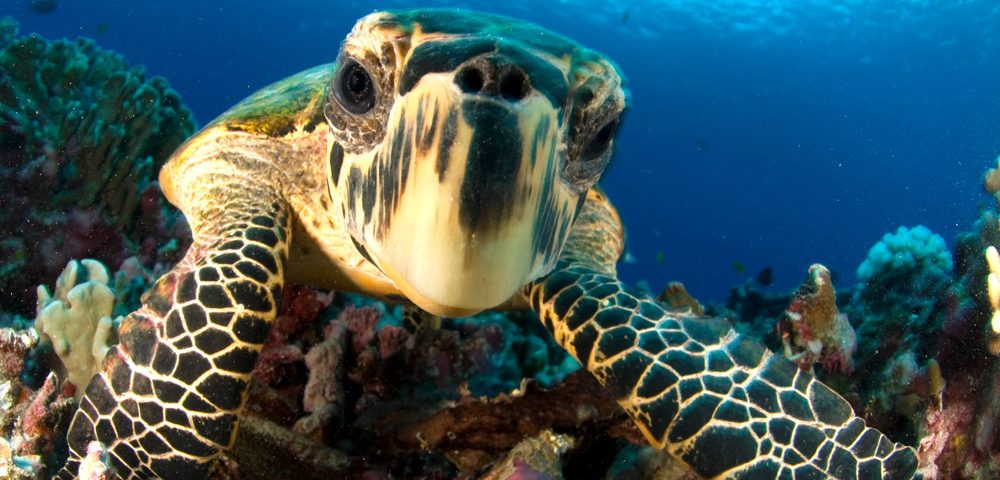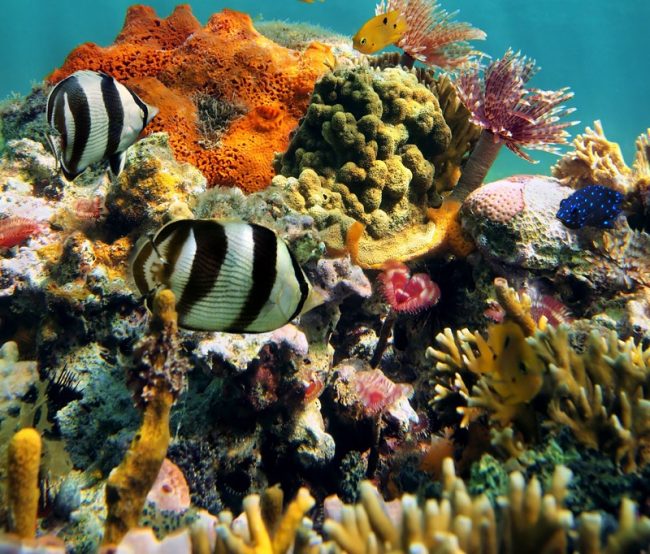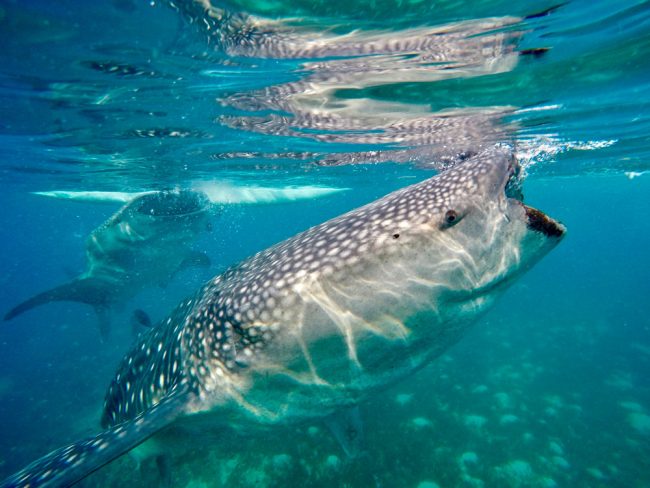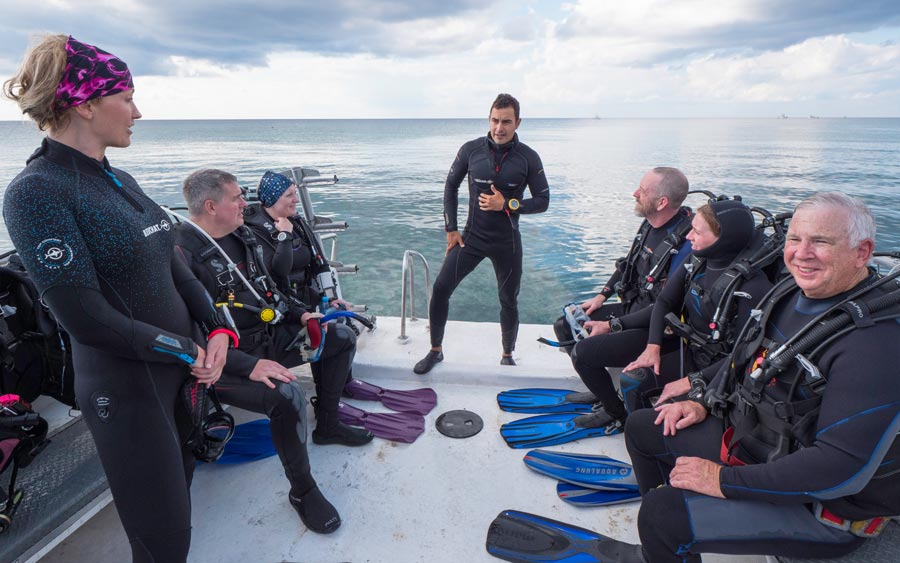The water temperature is perfect all year round to practice Caribbean scuba diving. During 365 days, the temperature range is between 78.8ºF (26ºC), in winter, and 87.8ºF (31ºC), in summer. You will hardly suffer any body heat loss practicing Caribbean scuba diving.
On the other hand, Caribbean scuba diving water offers great visibility. How is this possible? How can the Caribbean Sea be so transparent having such great biodiversity? This is the explanation.
One of the causes of the water becoming cloudy is the erosion produced by the river basins. These carry sediments to the sea and reduce the penetration of light. However, by practicing Caribbean scuba diving even only once, you will realize that light penetrates the water to incredible depths.
The orography of the terrain allows for this phenomenon. In the Yucatan Peninsula, there are almost no rivers, and the same is true in other areas. When it rains, water filters through the porous surface and accumulates under the ground. When underground water reaches the sea, it is completely filtered and transparent.
We cannot forget that this phenomenon creates cenotes. They are another great attraction for Caribbean scuba diving lovers.
As if this were not enough, the waters of the Caribbean Sea have very little phytoplankton in suspension to cloud them.







